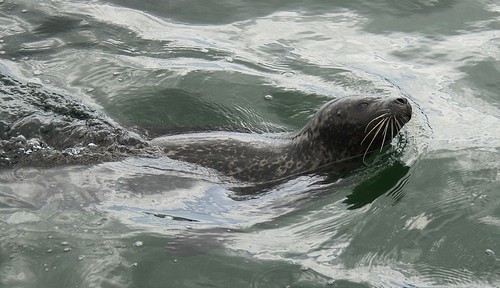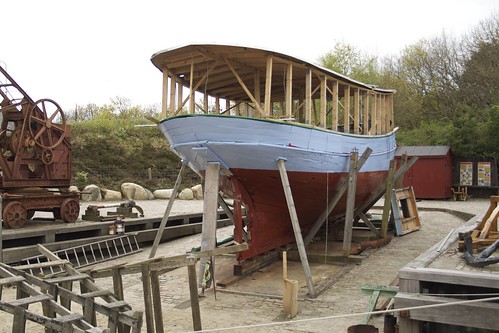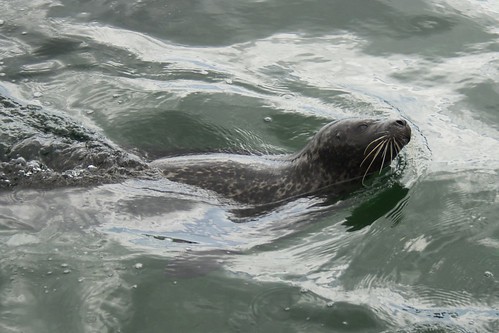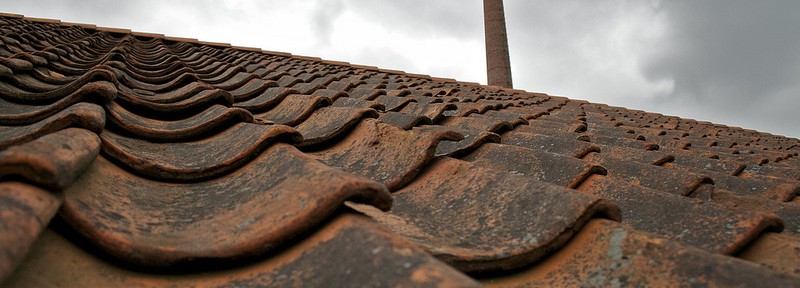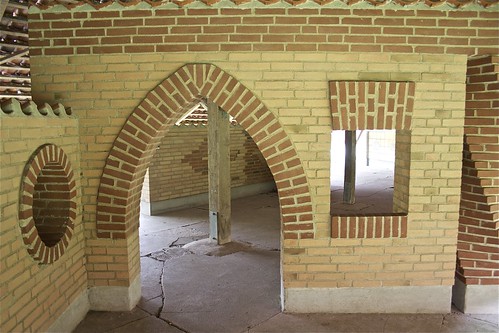The area around Esbjerg has been an important fishing and shipping region for a long time. Therefore, it is only apt to visit a fishing and shipping museum showing all this history when you are in the area.
The museum is divided into a number of indoor and outdoor areas. A good place to start is possibly the shipping area indoors. The displays do a very good job of showing how the shipping industry, particularly in the area, changed over time. The fishing area of the museum also does something similar, showing how the fishing industry changed and grew with different industrial and technological advances.
If you have kids with you (or consider yourself a big kid like we do!) you might be more excited about the other areas where there is less to read and understand and more to experience. I loved the open air displays which depict different aspects of life on the coast, from a harbour and a fish drying rack, to a German bunker from WWII. On the day we visited there was also a ropemaker working in one of the buildings who was more than happy to chat to us. Apparently you can ask him to make items for you (from nets to hammocks, at a price).
The highlight of the museum is probably the saltwater aquarium and the sealarium. In the aquarium you can see a variety of species that live in the sea around Denmark. There is also a shallow petting pool where it is actually permitted to touch the animals (with care, of course!). I thought the aquarium compared well in quality with other top aquaria/oceanaria I have visited (though, of course, not in size).
In the sealarium there are 5 seals; 4 spotted seals and one grey seal – in an open-air pool. It would be good to schedule your visit to the seals with the daily feedings (that happen at 11:00 & 14:30). During feeding you really get to see them move and get a commentary from the feeder about the different seals and what they are doing.
A very interesting place with something for all the family. It is not the largest of museums, which makes it manageable and not overwhelming as you can easily move between sections. You can easily spend 2 hrs in the museum, especially if you take your time to soak it all in. And once you’re done, don’t forget to stop by the Men at Sea statues opposite!
